Amber fragrances have been a staple of perfumery for centuries but this enigmatic scent category is full of complexity and controversy. In this blog, we take a look at this often misunderstood fragrance category.
What is an Amber Fragrance?
So first of all, Amber can be both a fragrance category and also a fragrance note and can be found in a wide range of fragrance types. Both perfume and aftershave can have amber accords. They can also be blended with other fragrance categories to form entirely different fragrance categories, such as floriental.
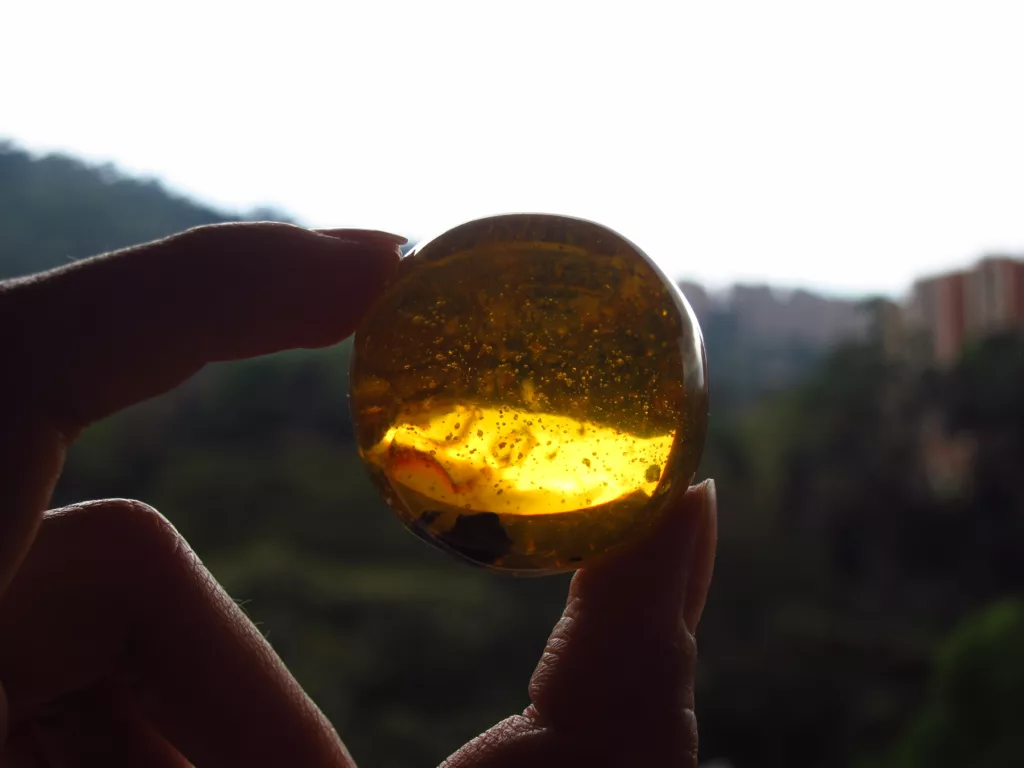
The roots of the term are derived from the Arabic word Anbar, translated to Ambre in French to Amber in English. The common use of the ‘Amber’ term comes from the fossilized resins from trees, which make semi-precious stones found in Jewellery – also known as Baltic Amber. However, in perfumery Amber is an umbrella term that refers to multiple different materials used to give a distinctive odour – balsamic, rich and sweet.
Amber Perfumery Categories
These broadly now fit into 3 categories, Ambergris (Grey Amber), Resins (e.g. Labdanum, Benzoin, Tolu Balsam) and Synthetic Amberwoods ( e.g. Iso E Super, Amber Extreme) These materials are used in perfumery to give us the perfumes generally categorised in the Oriental family, now more commonly known as the Amber Family.
Labdanum
Labdanum is the resin that is obtained from the Cistus plant ( Also known as Rock Rose) and is the traditional base for an Amber creation. Its odour is rich, sweet, spicy, caramel like, leathery and can have smoky, liquorice and honey nuances. Other resinous materials are often combined with Labdanum, such as Benzoin, Tolu Balsam, Peru Balsam, Tonka Bean or Vanilla to complete the Ambery profile. Shalimar by Guerlain is an example of a vintage perfume with such a profile.
Ambergris
Produced in the intestines of the Sperm Whale, Ambergris is a rare hard mass that can found floating on the surface of marine waters or washed up on beaches. Because of its rarity, it is one of the most expensive materials that has been used in perfumery. Its odour is rich, sweet, velvety, salty, mineral, animalic, musky. In perfumes, it’s useful as a fixative ( combining with other materials which extends the longevity/tenacity of the perfume, however, reduces the
the volatility of materials )
Amber Woods
Synthetic Amber materials are a more recent addition to the perfumer’s palette of raw materials with more continually being developed. Ambroxan / Ambroxide is the odorous component of Ambergris which has been synthetically created to replace the rare and expensive Ambergris. Ambroxan is synthesised from Sclareol which is found in the essential oil of Clary Sage. Iso E Super is one of the most used materials in modern perfumes due to its versatility as a fragrance booster.
These fragrances have previously been referred to as ‘Oriental’ and incorporated scents such as amber, sandalwood, coumarin, orris, vanilla and gum resins which can create indulgent and luxurious scents. Oriental or Amber fragrances are usually a little richer than others and often incorporate more exotic and unusual notes, such as vanilla, cinnamon, orris, jasmine, orchid and orange blossom. These have been in the past referred to as oriental fragrances due to the etymology of some of these fragrance ingredients and where the plant or raw material is cultivated.
This term has now become a contentious category in its naming. This fragrance grouping is now often referred to as amber-type fragrances. However, this probably doesn’t provide a suitable replacement category name for this diverse and varied fragrance grouping.
What does an Amber fragrance smell like?
 These scents typically feature warm, spicy and musky notes. Amber fragrances have been around for centuries and were used in ancient times for both religious ceremonies and as personal perfumes. Today, they remain popular for both men and women. Common fragrance notes within this category include jasmine, sandalwood, amber, patchouli, musk, vanilla, cloves and cinnamon.
These scents typically feature warm, spicy and musky notes. Amber fragrances have been around for centuries and were used in ancient times for both religious ceremonies and as personal perfumes. Today, they remain popular for both men and women. Common fragrance notes within this category include jasmine, sandalwood, amber, patchouli, musk, vanilla, cloves and cinnamon.
Amber is a delightful mixture of various elements that helps capture a comforting aroma, reminiscent of warmth, softness, and sweetness. The scents in this category can come from both natural and synthetic components such as vanilla, patchouli, labdanum, styrax, benzoin and several others. These fragrances can exude a lavish and spicy sensation and more gentle powdery touches.
Amber is very often seen in the base notes of certain fragrances and has risen in popularity over the last few years becoming a staple of many fine fragrances on the market today.
 Looking for Inspiration?
Looking for Inspiration?
Our Fragrance Trend ebooks are packed full of fragrance inspiration and fragrance trends to help you get started with your fragrance journey.
History of Amber Fragrances
The origins of these fragrances can be traced back to ancient times. One of the earliest examples is the perfume known as Kyphi, which was used in Egypt over 4,000 years ago. Kyphi was made from a combination of herbs, spices and resins, and was thought to have medicinal properties. It was often used in religious ceremonies and as an embalming agent.
Other early examples of other similar fragrances include Incense, which was used in religious ceremonies in many cultures including China, India and Japan; and Myrrh, a resin that was used as a component of incense and also had medicinal properties.
Ambergris was a major component in the original creation of some of these perfumes. Today, we synthetically recreate some of these Amber scents with the use of aroma chemicals.
What Products do Amber Fragrances work best for?
Amber fragrance notes have been used for centuries for their pleasing scent and also for their purported health benefits. Many modern perfumes contain oriental notes such as jasmine, rose or vanilla. Alongside perfumery and fine fragrance, Amber notes can be found widely used in cosmetics and skincare products.
Common Amber Fragrances
Some of the most popular Oriental fragrances today include Chanel’s Coco Mademoiselle and Yves Saint Laurent’s Opium. Other well-known Orientals include Guerlain’s Shalimar, Dior’s J’adore In Joy, Hermes’ 24 Faubourg, and Lancome’s Tresor Midnight Rose.
Oriental fragrances are often used in perfumes, colognes, and body sprays. They can also be found in candles, incense, and potpourri. When shopping for an Oriental fragrance, it is important to test it out first to see if the scent is too strong or overwhelming.
Our Favourite Amber Fragrances
Olympéa by Paco Rabanne
This amber fragrance for women was launched in 2015. The fragrance symbolises the myth of the modern Greek goddess and evokes strength, dynamism and conquests. It is both salty and floral in its composition. The fragrance opens with sparkling green mandarin, water jasmine and ginger lily, with salted vanilla in the heart. The base notes are sandalwood, cashmere and ambergris.
Alien by Mugler
Alien by Mugler is an Amber Woody fragrance for women. Launched in 2005 Alien is one of the most popular perfumes ever released by Mugler. Alien became so popular that many versions followed the launch of the original formula. Top note is Jasmine Sambac; middle note is Cashmeran; base note is Amber.
Want to create your own Amber Fragrance?
Our experienced and knowledgeable team are happy to advise on all manner of fragranced products. Click here to request samples of our latest fragrances.
About Carvansons
Carvansons is a world-leading creator and compounder of bulk fragrance oil used globally in the cosmetic, personal care, household and industrial manufacturing sectors. As a global fragrance manufacturer, we create high-quality fragrance oil compounds, aromas and perfumes with a worldwide presence.
We work with many different companies throughout the world, which include both big brand names and smaller, niche industries. Whether your product is highly functional or beautifully indulgent, we can find a fragrance that suits. We create fragrances that benefit and complement your product, brand and target audience. Contact us now.

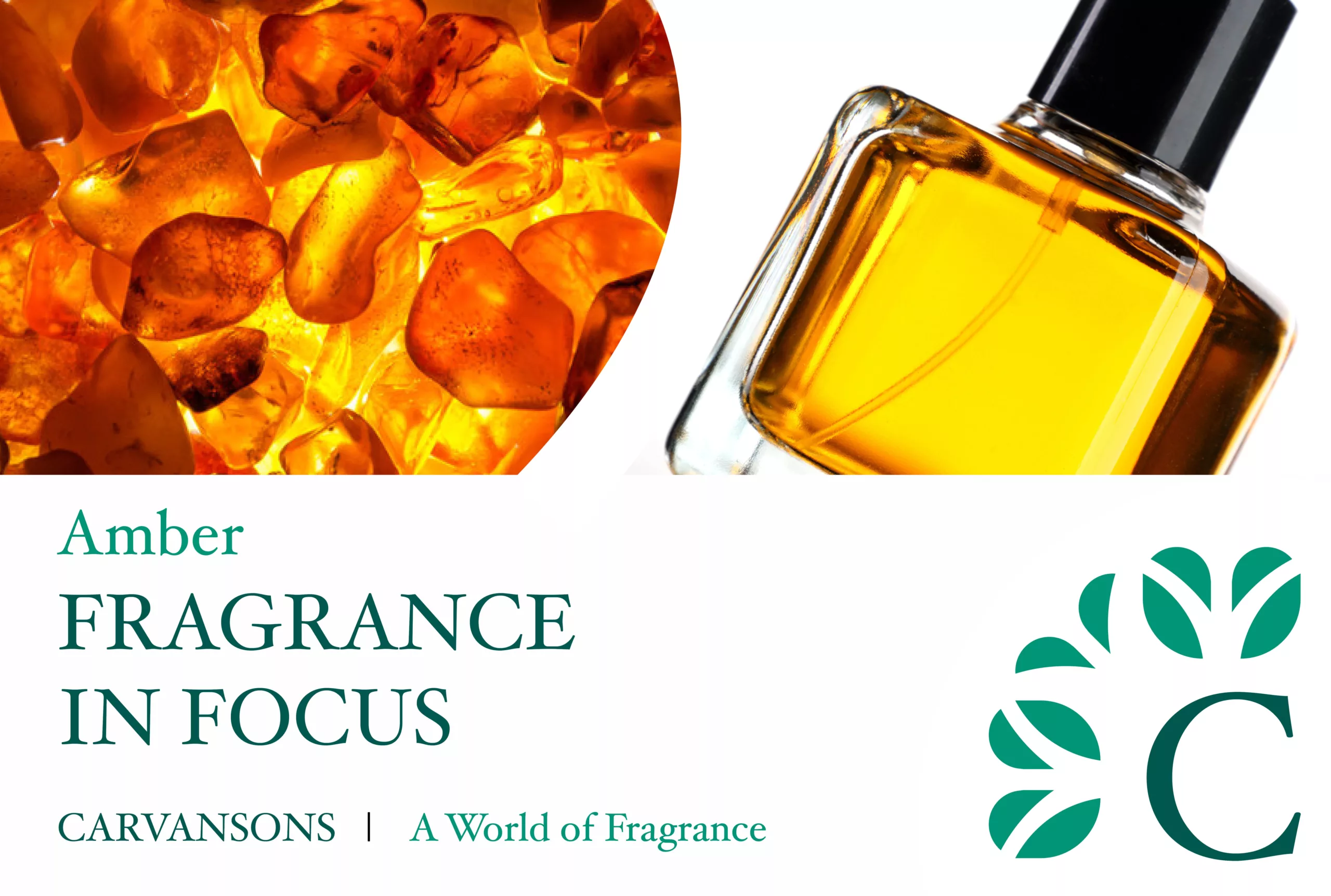
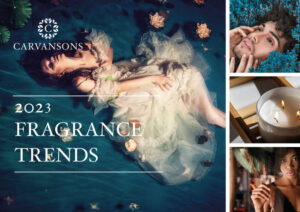 Looking for Inspiration?
Looking for Inspiration?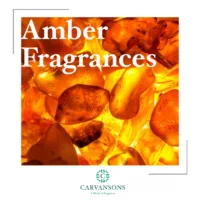
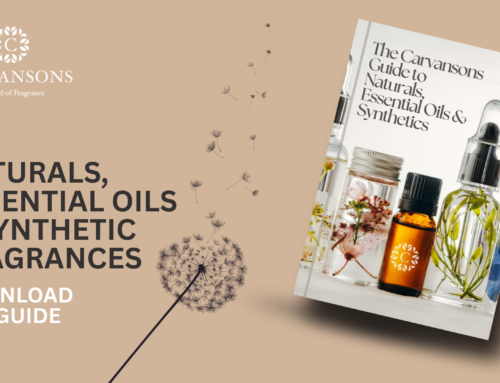



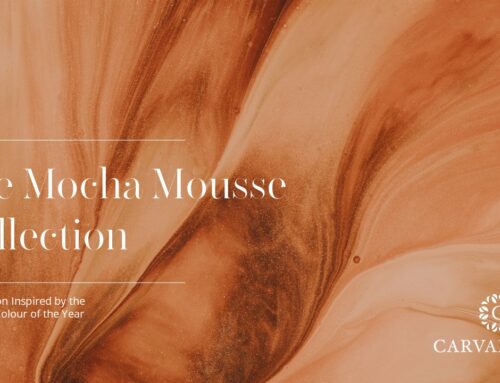
Leave A Comment
You must be logged in to post a comment.